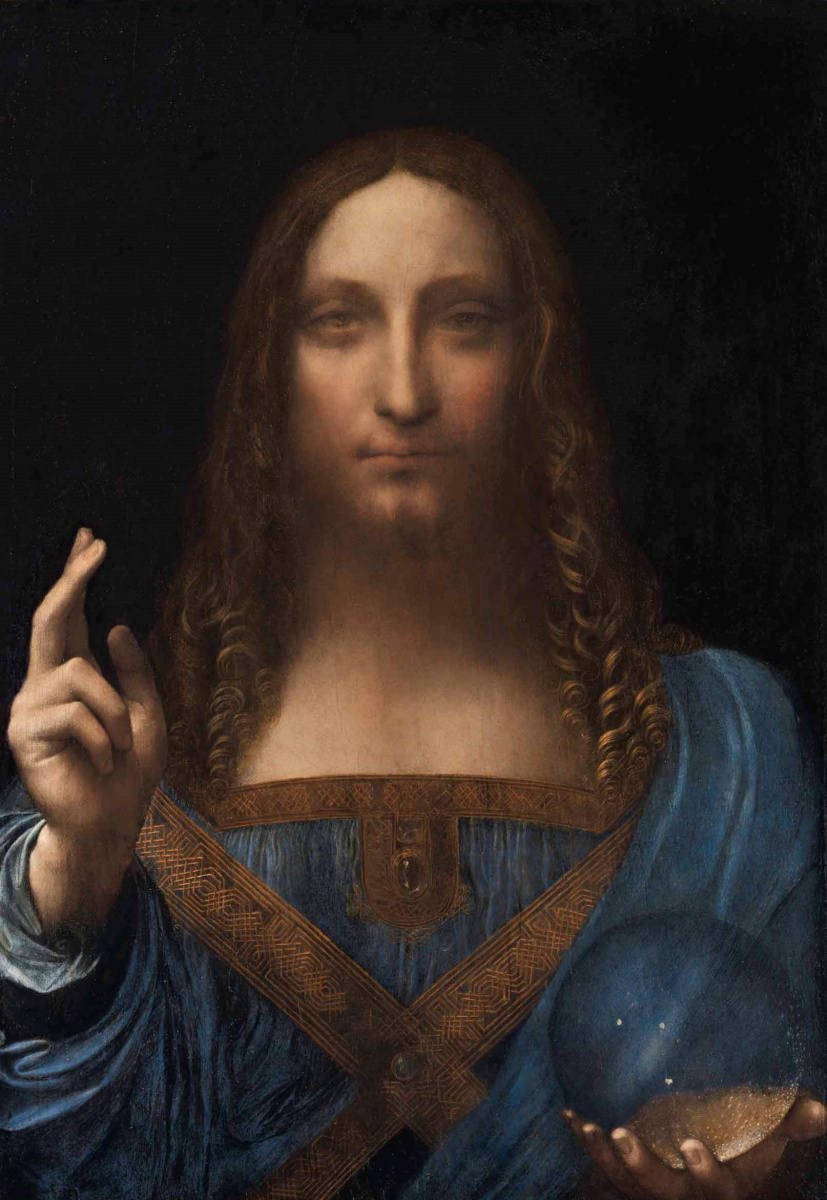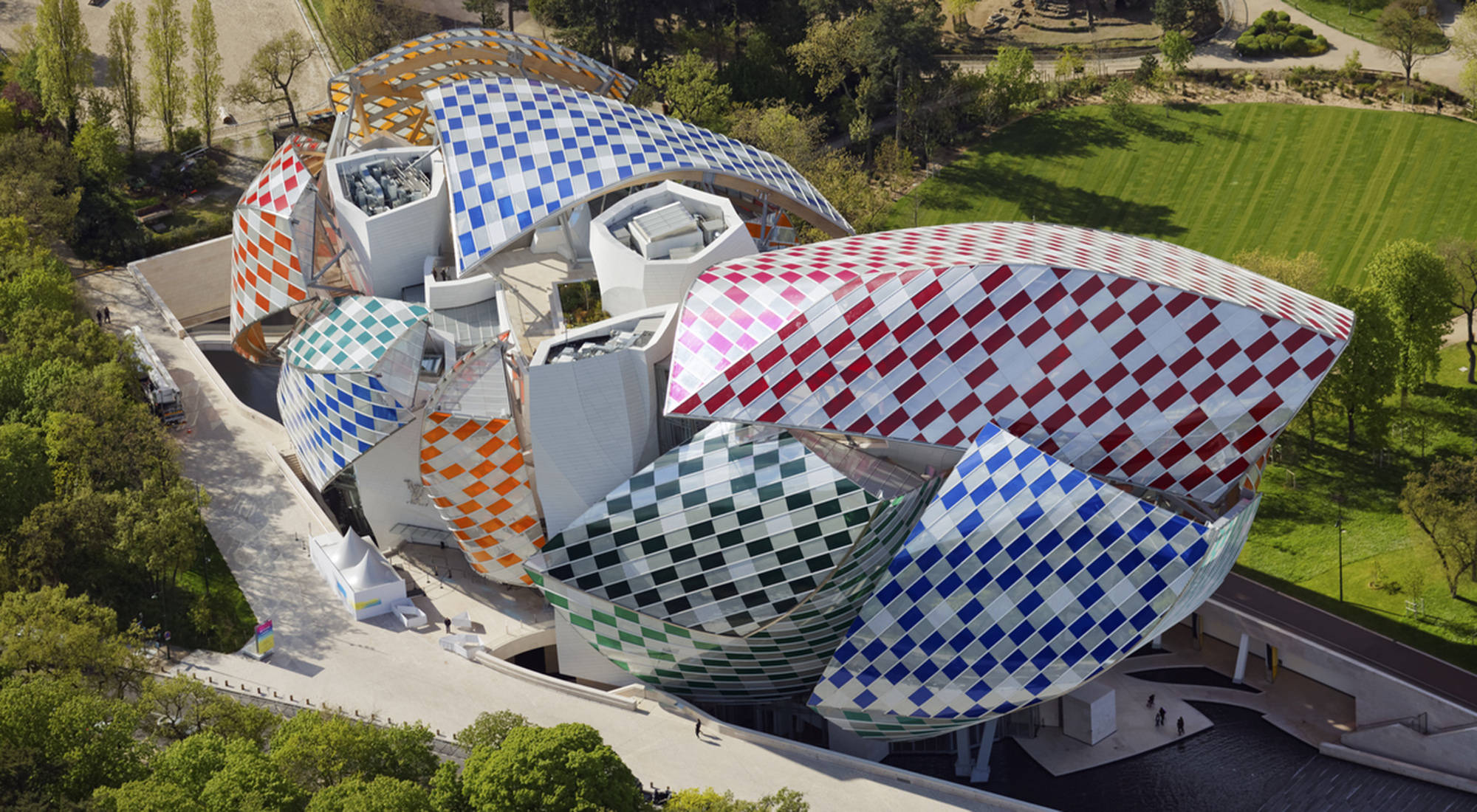Art marketing or art marketing. "Savior of the World" by Leonardo da Vinci from Abu Dhabi

In December, the 2017 Louvre Abu Dhabi announced plans to display the most expensive painting in the world - Leonardo da Vinci's Salvator Mundi, sold at auction a month earlier. But the painting is still not on display. The public is waiting. Meanwhile, the price of the painting is equal to a third of the cost of establishing and constructing this huge museum in Dubai.

«Savior of the World – image in painting the most famous person in the world the most important artist of all time"- said Christie's representative Loic Gouzer. Let us remind you that on November 16, 2017, another price record was broken on the art market. At Christie's auction in New York for $450,312,500 was sold reopened Leonardo da Vinci's work "Salvator Mundi". TheStatusSymbol.com magazine publishes a research guide on art marketing using the example of the painting “Savior of the World.”
“Salvator Mundi” by Leonardo da Vinci: examination, restoration and attribution
The discovery of another masterpiece by Leonardo da Vinci is an obsession and dream of all professionals and art connoisseurs. Every year, at least several paintings by the Italian master reappear before the gullible public and just as quickly disappear from view, not finding widespread support in the professional community and being left without huge financial investments. Among specialists, only 5 paintings by da Vinci deserve universal recognition, only 2 of which are more or less well preserved, about 13 more paintings are recognized by the majority of specialists. The body of easel paintings by the artist, attributed by most experts as genuine works by Leonardo da Vinci, does not exceed two dozen canvases (!). The figure is undoubtedly insignificant for such a famous master.
During the 20th – 21st centuries, the painting “Savior of the World” survived one radical “recording” and two serious restorations. It was reattributed at least three times. The attribution of Leonardo da Vinci is confirmed by one of the most authoritative experts in this field, Professor at Oxford University Martin Kemp, who, by the way, rejects the new attribution of the painting by Leonardo (?) “Isleworth Mona Lisa”. However, Carmen Bambach, an expert on the Italian Renaissance from the Metropolitan Museum of Art, believes that in the painting “Salvator Mundi” there are only certain passages by Leonardo da Vinci, the rest was written by his student Giovanni Boltraffio. But Bambach is in the minority. Anonymous experts believe that Leonardo da Vinci was certainly involved in the painting “Savior of the World”, perhaps more than one master, but his brush is enough to pay such a price. Most likely, this is the last “discovered” da Vinci and the penultimate one on the art market.

After scientific research, marketers come into play, whose budget is much larger than the cost of scientists. What do specialists from auction houses do to sell masterpieces?
Art marketing: the path from $60 to $450,312,500.
How to increase the value of a work of art?
- Find a potential masterpiece from a legendary master
To find a potential masterpiece in a world where the old social structures, namely the old aristocracy, which accumulated art objects for decades, have almost disappeared into oblivion. Therefore, you will have to look at auctions away from art capitals, in the art wilderness, or directly from the owners. Salvator Mundi first appeared on public sale in 1958 and was sold for a ridiculous $60 as the work of Da Vinci's follower Bernardino Luini. Although then the picture looked completely different, since it was “recorded” at the beginning of the 2005th century during the “restoration”. In 10, the painting re-entered the market at a small provincial American auction, this time without attribution for $000. In 2011, the painting was bought by art dealer Yves Bouvier for a declared $80m, and in 2013 the price increased again: Bouvier resold the work to his client Dmitry Rybolovlev for $127,5m, who eventually sold it in 2017.
- Fit into art history
In order to put up a newly-minted masterpiece for sale, it is necessary to obtain scientific support and carry out comprehensive art historical, technical, technological, and biographical research by contacting art historians. It is necessary to fit a masterpiece into the life and work of the artist. Art criticism does not stand still, new data and research methods are emerging, however, it is becoming increasingly difficult for specialists to freely express their opinions. The pressure of the owners, the art market and public or private institutions interested in the next media occasion and its results is palpable.
By expressing their own opinion, which differs from the expected one, art critics take risks. For example, on his Instagram, former director of the Metropolitan Museum of Art Thomas P. Campbell expressed doubts about the justification of the price. The real fight took place in the comments of his supporters and opponents.

- Create a buzz around
The work "Savior of the World" is unique, but when Christie's speaks of it as the last Leonardo privately owned, this is not entirely true. Another known painting in which the artist took part is the “Madonna with a Spindle” from the collection of the Duke of Buccleuch, now on temporary exhibition at the National Gallery of Scotland in Edinburgh.

It is necessary to competently present a work of art to both the press and the public and, most importantly, potential buyers. Specialists from Christie's have found a universal marketing solution for the “Savior of the World” (for those who have not yet understood this image of Jesus Christ) – the men’s “Mona Lisa”. It sounds strange to the Russian consciousness. However, it is necessary to know the current market conditions. The most significant buyers capable of such purchases live in Asia and Arab countries. They do not profess Christianity, so referring to Jesus will be a psychological barrier for them. However, the century of colonies and now globalization have done their job. For example, in Japan, the image of the Mona Lisa is wildly popular. The PR of the “Savior of the World” as a male “Mona Lisa”, the very comparison with the standard work of the Italian artist was intended for certain clients.
- Display next to recognized masterpieces
The press created a buzz around the masterpiece. The public is eager to see him. This business opportunity must be seized. The painting "Salvator Mundi" was exhibited at the Leonardo da Vinci monographic exhibition in 2011 at the London National Gallery. The exhibition turned out to be a success. In frosty London, people stood in line for hours to see the new masterpiece of a recognized master.
Before the sale of the painting in 2017, Christie's auction house organized a pre-auction showing. The exhibition was extremely popular. Leonardo DiCaprio and JLo stopped by to see the light. Even from this, art marketers managed to make a media occasion. A camera was installed under the painting to capture people's reactions to the masterpiece. Photos were promptly posted to a specially created account on the social network Instagram @thelastdavinci (https://www.instagram.com/thelastdavinci/).

- Release a thick catalog
Before the sale of the painting, the auction house released a colorful 174-page catalog dedicated to one painting and including data from technical and technological expertise to the artist’s biography. The words “mystery”, “riddle” and “genius” will be among the most used in it. However, when carefully analyzing the content, specialists have questions. For example, in the catalog presented by Christie's, the X-ray photograph of the Salvator Mundi is not compared with the obvious standard - the Mona Lisa from the Louvre.
- Sell on Christie's or Sotheby's
The high estimate of a painting in itself is a marketing guarantor of quality and a tool for creating noise around it. The painting “Savior of the World” was exhibited at an auction of post-war art of the 100th century, which is now breaking sales records. Specialists from Christie's or Sotheby's are, first of all, not art critics, but businessmen. Moreover, these are two large historical auction houses with a three-hundred-year history. When Leonardo's Salvator Mundi was priced at $XNUMXm, it already gave it media coverage and reassurance to potential buyers. After all, serious things are not cheap and rarely appear on the art market. Money is the guarantee of money.
Catalog Christie's, dedicated to the “Savior of the world” by Leonardo da Vinci
http://www.christies.com/zmags?ZmagsPublishID=7baedae9
Leonardo da Vinci exhibition at the London National Gallery
Interview with Martin Kemp, leading expert on Leonardo da Vinci and professor at Oxford University
An article about the painting on the website of the painting's former co-owner Robert Simon

